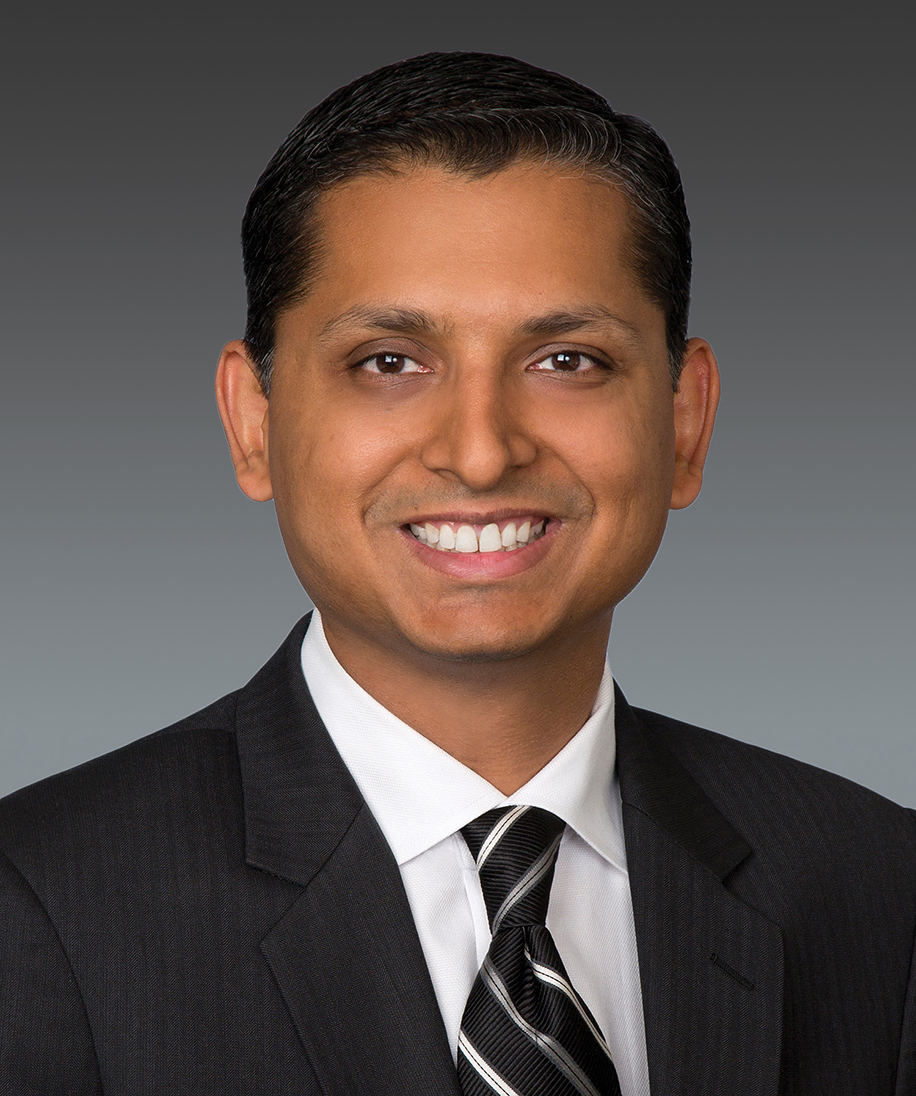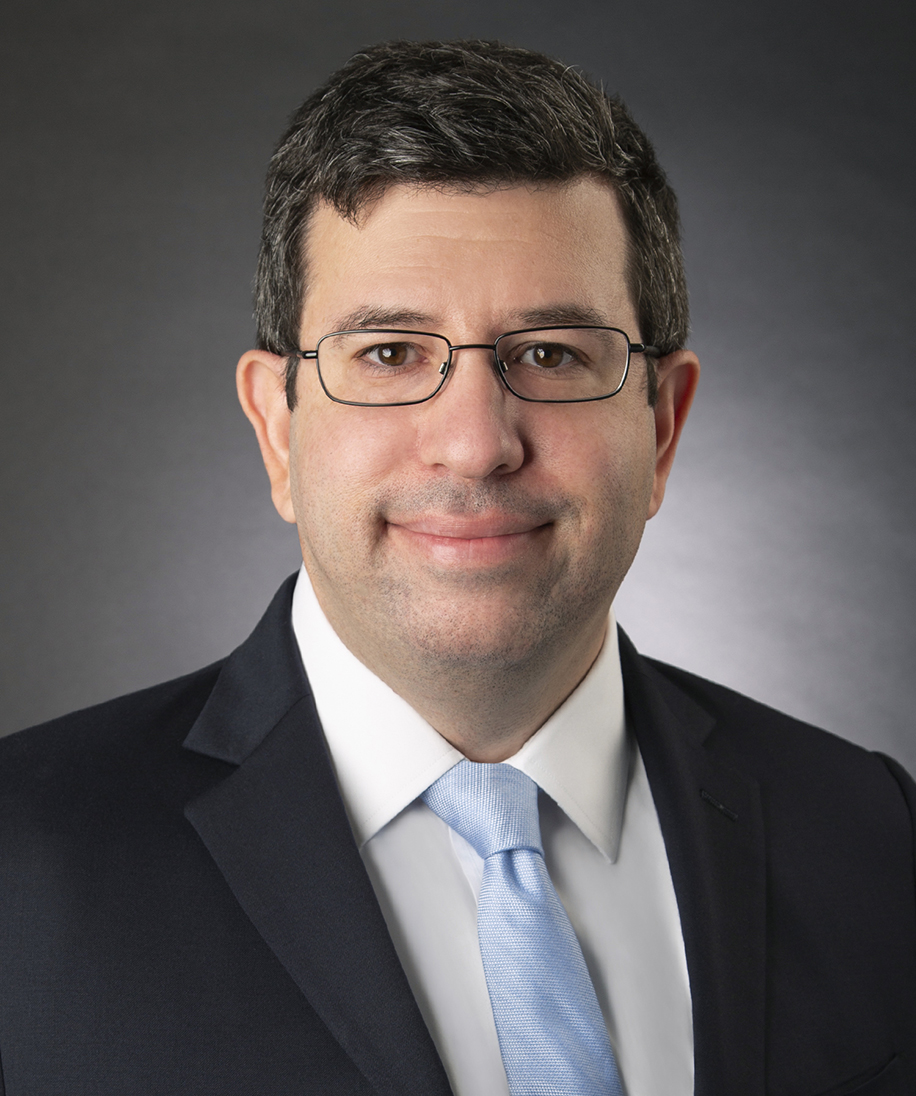Client Alert
Federal Circuit Provides Guidance on the APA’s Procedural Safeguards for PTAB Proceedings
June 16, 2016
By Daniel Zeilberger, Michael A. Stramiello, Joseph E. Palys, & Naveen Modi
Over the past week, the Federal Circuit has issued two precedential decisions that provide important guidance on the procedural safeguards of the Administrative Procedure Act as they apply to post-grant proceedings at the Patent Trial and Appeal Board. In the first case, SAS Institute, Inc. v. ComplementSoft, LLC, No. 2015-1346, 2015-1347 (Fed. Cir. June 10, 2016), the Federal Circuit determined that the Board had not provided the parties with sufficient notice and opportunity to respond to a new claim construction determination in its final written decision. In the second case, Genzyme Therapeutic Products Ltd. v. Biomarin Pharmaceutical Inc., No. 2015-1720, 2015-1721 (Fed. Cir. June 14, 2016), the Federal Circuit concluded that the Board had in fact provided the parties with sufficient notice and the opportunity to respond to references cited in final written decisions, even though those references were not specifically included in the combinations of prior art on which the Board instituted review.
In SAS Institute, SAS filed IPR2013-00226, seeking review of claims 1–16 of U.S. Patent No. 7,110,936. SAS Institute, slip op. at 7. The Board instituted review of claims 1 and 3–10. In instituting review of claim 4, which recites “graphical representations of data flows,” the Board construed that term to mean “a depiction of a map of the path of data through the executing source code.” Id. Neither party challenged the Board’s construction. Id. at 15–16. In its final written decision, however, the Board again construed “graphical representations of data flows,” this time to mean “a graphical representation comprised of icons depicting data processing steps and arrows to depict the movement of data through source code.” Id. at 16. In light of the new claim construction, the Board found claim 4 to be patentable over the asserted art. Id. The Board later denied petitioner SAS’s request for rehearing, “conclud[ing] that the new construction did not prejudice SAS because SAS could have made construction arguments for the term in its IPR petition.” Id.
Led by Judge Stoll, the court agreed with the Board’s construction (id. at 10), but disagreed with its procedure for arriving at that construction (id. at 15). Specifically, the court explained that both parties to an IPR are entitled to the procedural protection of APA § 554(b)(3). Id. at 16–17. Thus, for both petitioners and patent owners, “an agency may not change theories in midstream without giving respondents reasonable notice of the change and the opportunity to present argument under the new theory.” Id. at 17 (citing Belden Inc. v. Berk-Tek LLC, 805 F.3d 1064, 1080 (Fed. Cir. 2015) (internal quotation marks omitted)).
The court criticized the Board’s approach: “It is difficult to imagine either party anticipating that already-interpreted terms were actually moving targets, and it is thus unreasonable to expect that they would have briefed or argued, in the alternative, hypothetical constructions not asserted by their opponent.” Id. at 17–18. The court found this to be “especially true” for petitioner SAS, given the 15‑page limit of its reply to the patent owner’s response. Id. at 18. The court thus remanded on this issue “so that the parties may address a new construction that the Board adopted in its final written decision after interpreting the claim differently before.” Id. at 2. The court also reaffirmed the holding in Synopsys, Inc. v. Mentor Graphics Corp., 814 F.3d 1309 (Fed. Cir. 2016), that there is “no statutory requirement that the Board’s final decision address every claim raised in a petition for inter partes review.” SAS Institute, slip op. at 19 (quoting Synopsis, 813 F.3d at 1316–17). Judge Newman issued a separate decision, agreeing with the court’s analysis of the claim construction issue but finding that the Board’s final decision should have addressed every challenged claim, echoing some of her concerns from Synopsis. SAS Institute, slip op. at 1 (Newman, J., concurring in part and dissenting in part).
In Genzyme Therapeutic Products, Biomarin filed IPR2015-01720 and -01721, seeking review of claim 1 of U.S. Patent No. 7,351,410 and claims 1, 3, and 4–6 of U.S. Patent No. 7,655,226. When rendering its final written decisions, the Board cited two references “as support for its findings as to the state of the art regarding . . . in vivo studies” that Genzyme argued “were not specifically included in the combinations of prior art on which the Board instituted review.” Genzyme Therapeutic Prods., slip op. at 7-9. The court, however, rejected Genzyme’s argument.
Led by Judge Bryson, the court explained that “[t]here is no requirement . . . for the institution decision to anticipate and set forth every legal or factual issue that might arise in the course of the trial.” Id. at 9. Rather, “[t]he critical question for compliance with the APA and due process” was whether parties had received “adequate notice of the issues that would be considered, and ultimately resolved,” in the proceedings. Id. at 10. Here, Genzyme’s patent owner responses had “raised the issue of the in vivo studies,” arguing that one of the two references at issue, as well as other in vivo studies cited in the petitions, “should not be considered as rebuttal evidence.” Id. at 10. Biomarin’s replies then addressed both in vivo references at issue, characterizing them as “relevant to show the state of the art at the time of the inventions.” Id. at 10. The court explained that Genzyme thus had “actual notice that Biomarin was relying on the in vivo references” and could have tried to file a motion to exclude the references or asked for leave to file a surreply. Id. at 12–13. Therefore, “Genzyme was not denied notice of the in vivo references or an opportunity to respond to them.” Id. at 14.
***
Contributors



Practice Areas
For More Information


